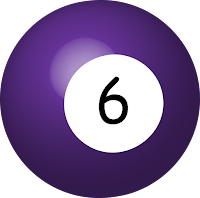What was the race of?
Let's assume that, Alexander completes the first race in time 't'. That means, he reaches at the finish line after running 100m after time 't' since start of the race. In the same time interval, Zachary could reach only 97m.
Now, in second race too, Alexander covers 100m once again in time interval 't' & Zachary runs 97m distance. Since, Alexander started 3m ahead of start line, at this point of time both are at the same point with 3m left to complete the race.
Since, Alexander had won first race with faster speed & speed of both are unchanged in second race, it's clear that Alexander will take less time to cover leftover 3m distance. Hence, Alexander will be winner of the second race.
MATHEMATICAL APPROACH:
Let's suppose Alexander took 10s to complete the first race. Then, his speed is 100/10 = 10m/s.
In 10s, the Zachary could run only 97m. So, his speed is 97/10 = 9.7m/s.
In the second race, their respective speeds are unchanged but Alexander has to run 103m to reach at the finish line compared to 100m of Zachary.
Hence, time taken by Alexander to reach at the finish line = 103/10 = 10.3s and that taken by Zachary = 100/9.7 = 10.30929s.
It's clear that Zachary needs more time to finish this race too. Hence, Alexander will be the winner in this race as well. He beats Zachary by 100 - (10.3x9.7) = 0.09m.






















